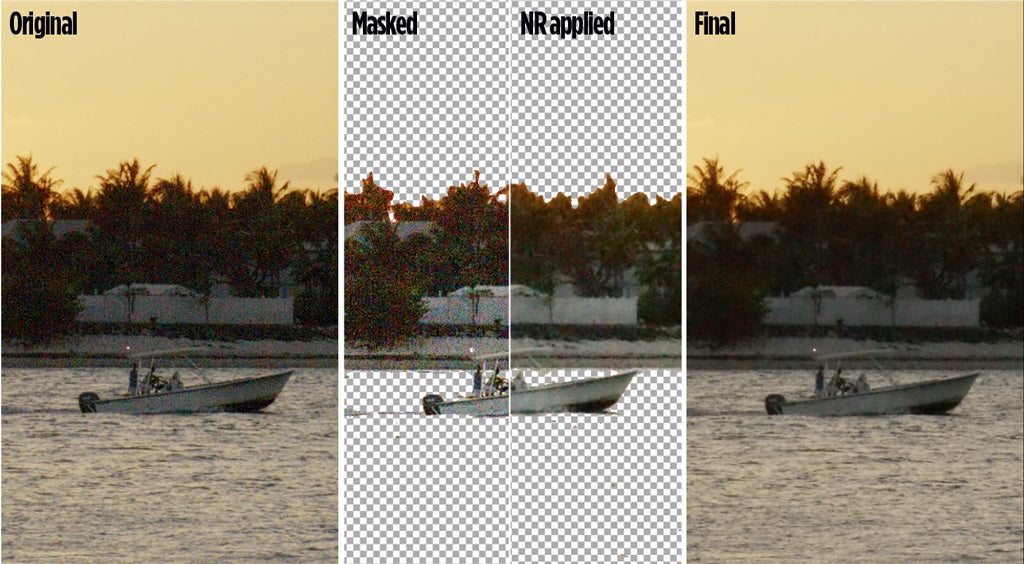Bob Newman revisits some raw files taken with a Canon EOS 5D and reveals tips for counteracting noise

By creating a thresholded mask, the fierce noise reduction can be limited to the deep shadow areas in the image
I have sometimes wondered whether the kind of technical content I put into this column is of more than academic interest. I would hope that understanding the theory and science behind photography would at least, in some cases, change one’s practice of photography. I have just found one example of this and thought I’d share it with you.
One of the topics I have written about most frequently is noise, which most photographers would rather do without. I was recently going through some raw files taken with my old Canon EOS 5D, which at low ISO settings was a very noisy beast – although it did, and still does, have some other very desirable aspects. The noise to which the 5D was subject was caused by two separate issues. The first was that it failed to register a large proportion of the light on the sensor. A silicon sensor works by photoelectric effect, whereby an incident photon releases a free electron, resulting in an electric charge that can be measured. In the case of the 5D, only one in four photons that hit the silicon was resulting in a photoelectron. By comparison, modern cameras will typically catch one in two, so they are twice as efficient as the old 5D.
The second problem of the 5D was very noisy electronics for converting the charge value to a digital count. This resulted in a camera very sensitive to the position of the ISO dial, since in low light it was necessary to boost the sensor’s signal to be stronger than the electronic noise to avoid very obvious noise in the shadows.
The consequence of these two effects is that noise in an image, in general, gets worse in darker parts of the image. In cameras like the old 5D, the electronic noise can make the effect in the deep shadows very bad indeed, particularly if the photographer hasn’t set the ISO exactly right. This was the case with a whole series of photos I found, and I set myself to wondering whether they could be rescued. The problem was that the shadow noise was so bad that if I applied sufficient noise reduction to make it acceptable, the quality of the image in terms of visible detail was seriously degraded. In the brighter parts of the image there was noise, but it had a not unpleasant grainy quality, which is typical of the non-electronic noise (otherwise called photon shot noise).
The obvious answer was to apply different amounts of noise reduction to differently bright parts of the image. This turned out to be relatively easy. Copying my image into a new layer, I performed a ‘threshold’ operation to produce a black & white two-level image, where only the very deepest shadows were black. I then created another copy layer and used my thresholded version as a mask (I had to invert it first). Then I cranked up the noise reduction and processed that layer. Because of the mask, it was only visible in the deep shadows. I then repeated the process, thresholding for brighter and brighter parts of the image, reducing the noise reduction applied each time.
Bob Newman is currently Professor of Computer Science at the University of Wolverhampton. He has been working with the design and development of high-technology equipment for 35 years and two of his products have won innovation awards. Bob is also a camera nut and a keen amateur photographer




